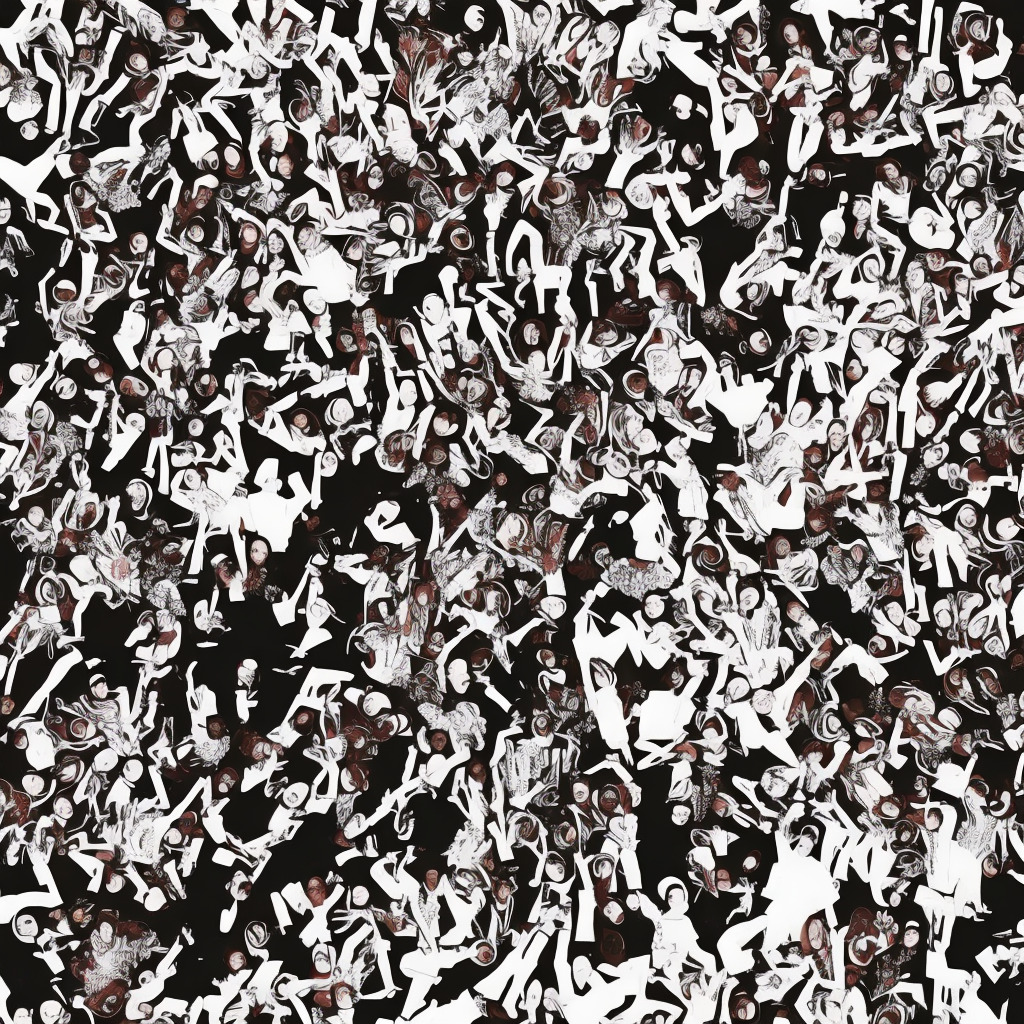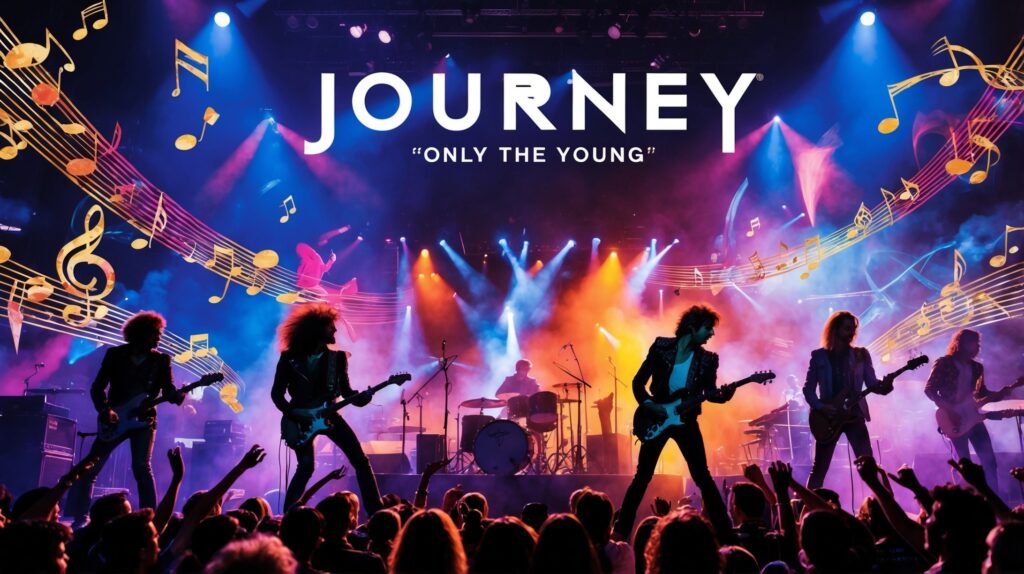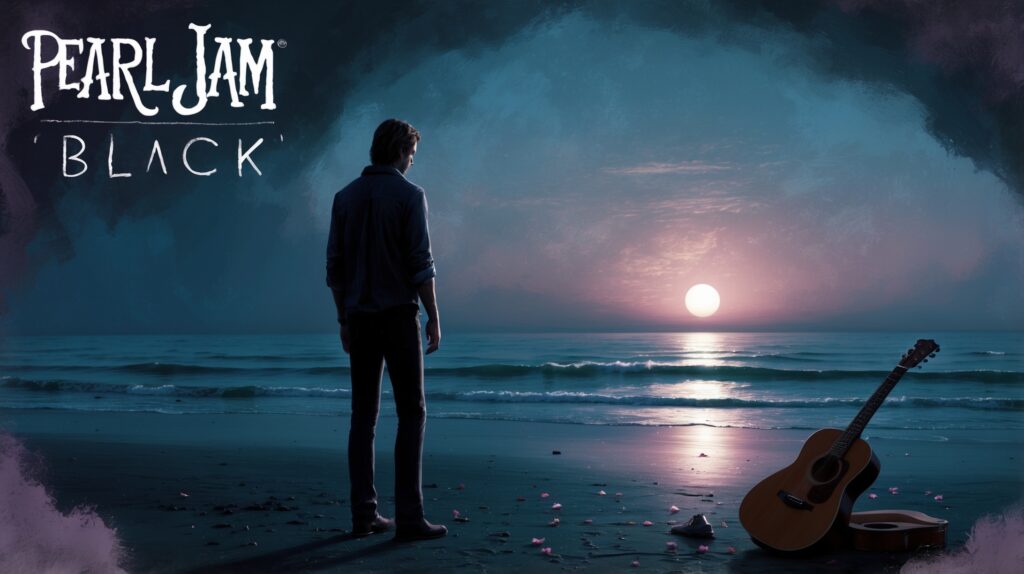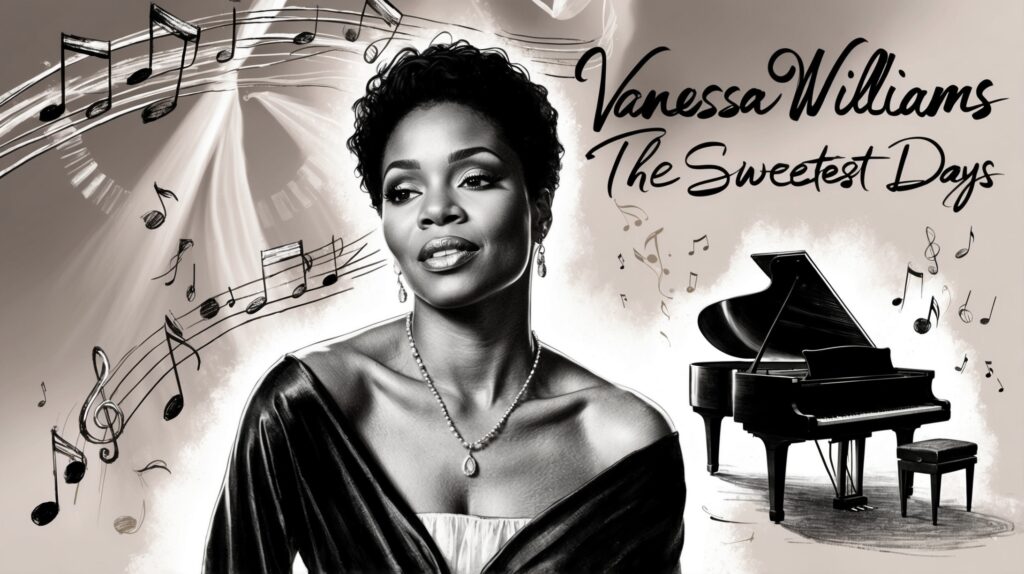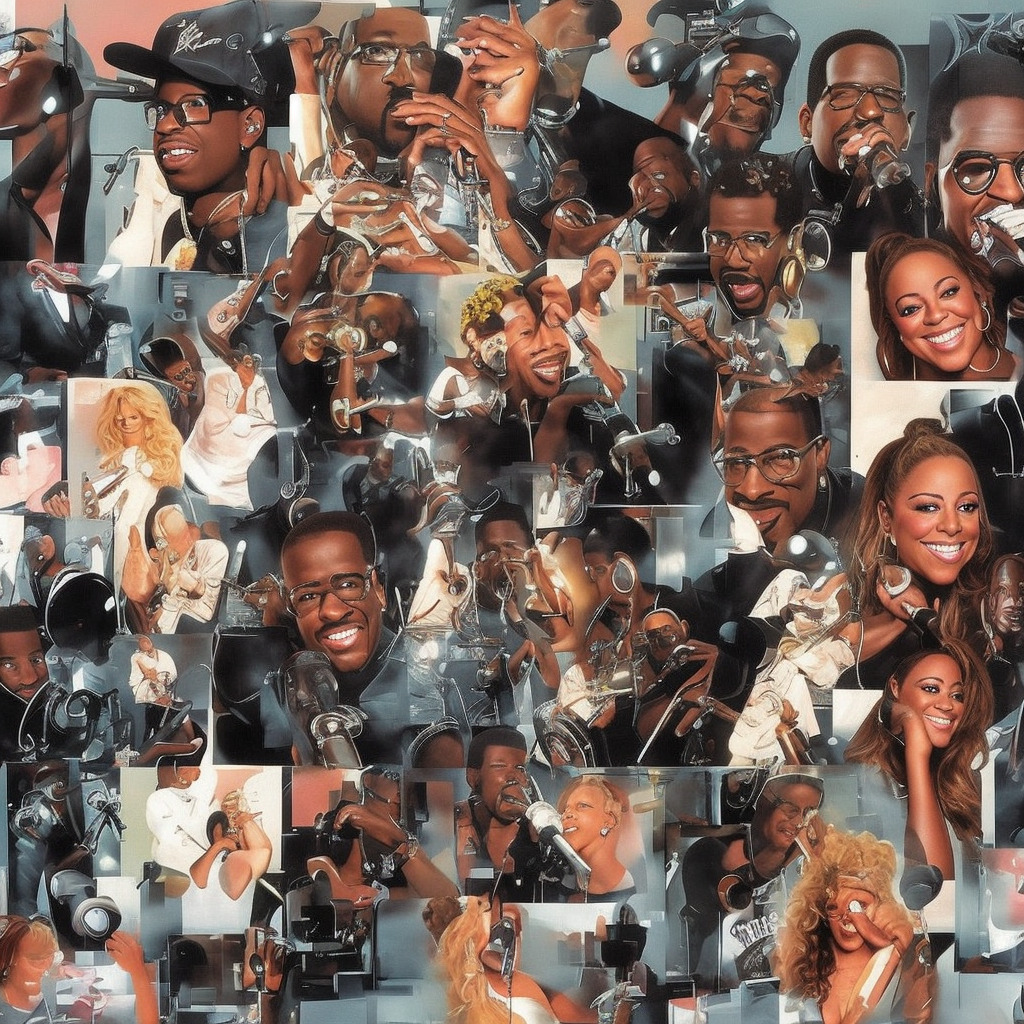🎶Did you know? #Total’s debut single “Can’t You See” featured vocals from the late #NotoriousBIG, skyrocketing this R&B gem to fame in ’95! 🌟 Time to groove to this classic hit! 🕺💃 #CantYouSee #90sRnB #MusicTrivia Read about it: tinyurl.com/4c3fyyeu
Exploring the Depth of Total’s Artistry
“Diving into Total’s unforgettable fusion of soulful harmonies and powerful collaborations, this all-female R&B trio leaves an enduring mark on music history.”

Total, a talented all-female R&B trio, emerged in the mid-90s and quickly gained recognition for their soulful melodies and tight harmonies. Formed in 1994, the group consisted of members Pamela Long, Kima Raynor, and Keisha Spivey. With their connections to Sean “Puffy” Combs and the Bad Boy Records family, the trio became a staple of the R&B music scene, collaborating with well-known artists such as The Notorious B.I.G. and Mase.
One of Total’s most memorable tracks is their 1995 hit single “Can’t You See,” which featured the unmistakable vocals of The Notorious B.I.G. Packed with a catchy hook and smooth instrumental, the song received heavy airplay on radio stations and established the group as a force to be reckoned with. The blend of Total’s soulful harmonies and Biggie’s impeccable rap verse made for an unforgettable partnership that still resonates with fans today.
However, not all was flawless with Total’s career. While they enjoyed success with their first self-titled album, their follow-up, “Kima, Keisha, and Pam,” failed to make the same impact. The group struggled to maintain the same level of popularity they had with their debut effort, and eventually disbanded in 2001. Despite their split, the lasting impact of their contributions to the R&B genre cannot be denied.
Though they never won any major music awards, Total’s achievements and recognition should not be disregarded. In addition to achieving Gold certification for their debut album, the group was also nominated for several Soul Train Music Awards, showcasing their undeniable talent.
In recent years, there’s been a resurgence of interest in Total, with the group briefly reuniting in 2014 for a special performance at the Soul Train Awards. This renewed attention has allowed a new generation to appreciate the talent and artistry of this remarkable R&B trio. While Total may not have had the long-lasting impact they once hoped for, their influence on the R&B scene and the indelible mark they left with songs such as “Can’t You See” ensure that they will always have a place in music history.
Charting the Journey of a ’90s R&B Classic
Riding the ’90s R&B wave, Total’s sultry debut “Can’t You See” climbed the charts, graced a hit soundtrack, and flaunted unforgettable visuals, sealing its status as an iconic classic.

“Can’t You See,” the debut single by Total, was released on April 25, 1995. This sultry R&B gem quickly garnered attention and praise due to its smooth production and the unmistakable charisma of the three ladies who make up Total. With the release of their debut single, the stage was set for the song’s journey on the charts.
Upon its release, “Can’t You See” made a steady climb up the Billboard charts, eventually peaking at number 13 on the Billboard Hot 100 chart. This impressive debut showcased the song’s undeniable appeal and ensured that Total would not be forgotten in the sea of ’90s R&B groups. The single also shined on the Billboard Hot R&B/Hip-Hop Songs chart, where it reached an impressive number 3 position.
This chart success was further bolstered by the song’s appearance in the soundtrack of the 1995 comedy film “New Jersey Drive.” The soundtrack, which became a part of the urban fabric of the mid-’90s, featured other notable artists such as Queen Latifah, OutKast, and The Notorious B.I.G. This not only exposed “Can’t You See” to a wider audience but also helped to solidify its status as a classic of ’90s R&B and hip-hop culture.
Not to be forgotten is the song’s music video, which was directed by the legendary Hype Williams. The video’s sleek visuals, featuring the trio in stylish outfits, further propelled Total into the limelight and showcased the group’s undeniable star power. It was this combination of chart success, soundtrack inclusion, and a memorable music video that cemented “Can’t You See” as a beloved R&B classic of the 1990s.
Unraveling the emotions behind the lyrics
Can’t you see
What you do to me
I know what’s on your mind
Oh baby
Can’t you see
What you do to me
I know what’s on your mind
The lyrics of “Can’t You See” by Total speak to the emotional whirlwind that often accompanies a romantic relationship. The track, released in 1995, captures the essence of the spirit of the era, when R&B and hip-hop music were at the forefront of popular culture. The song’s lyrics delve into the complexities of love and the desire for one’s partner to recognize the impact they have on the other’s emotions.
The mid-90s was a time of significant cultural change and growth, particularly in the music industry. Artists were pushing the boundaries of what was expected in their lyrics and their sound. Total, as a group with strong connections to the influential Bad Boy label, were no exception. “Can’t You See” was released during a time when many artists were grappling with similar themes of love, passion, and vulnerability.
The song’s lyrics, though simple in structure, convey a deep sense of longing and the desire to be truly seen by one’s partner. The repetition of the phrase “Can’t you see what you do to me” underscores the urgency of this message.
The phrase “I know what’s on your mind” suggests an intimate understanding between the two lovers, an unwavering knowledge of each other’s deepest thoughts and desires. However, the fact that the narrator still pleads for their partner to see the effect they have on them indicates a lingering disconnect in their relationship.
The song’s lyrics serve as a reflection of the collective consciousness of the time, when emotions ran high and relationships were often fraught with misunderstandings and miscommunications. Ultimately, “Can’t You See” captures the yearning for a deeper connection that is inherent in human nature, which remains relevant to this day, transcending the boundaries of time and genre.
A Visual Masterpiece: The “Can’t You See” Music Video
A visual symphony of style and soul, the “Can’t You See” music video masterfully blends Hype Williams’ vibrant aesthetics with Total’s undeniable charisma and Notorious B.I.G.’s memorable verse for a true ’90s classic.
The music video for Total’s iconic 1995 hit “Can’t You See” is a true visual treat and serves as a perfect complement to the irresistible hooks and soulful harmonies found in the song. Directed by the legendary Hype Williams, the video features Total’s members Pamela Long, Kima Raynor, and Keisha Spivey, as well as the late, great Notorious B.I.G., who provides a memorable guest verse.
Hype Williams, known for his visually striking and innovative music videos throughout the ’90s and early 2000s, brings his signature aesthetic to “Can’t You See.” Known for working with top-tier artists like Missy Elliott, Busta Rhymes, and Kanye West, Williams’ artistic vision is characterized by vibrant color palettes, offbeat camera angles, and an undeniable sense of style. In “Can’t You See,” he masterfully employs these techniques to create a music video that remains just as engaging and fresh today as it was in the mid-’90s.
The video for “Can’t You See” features the members of Total performing the song in various stylish outfits, with the backdrop shifting between a luxurious mansion, a nightclub, and a rooftop with the New York City skyline in the background. These scenes are interspersed with footage of the ladies dancing in a dimly-lit space with projections of bright shapes and patterns, adding a touch of psychedelic flair to the video’s overall aesthetic.
While the exact budget for the video remains undisclosed, it’s clear that no expense was spared in the creation of this visual masterpiece. From the wardrobe choices to the on-location shooting and intricate set designs, every detail is meticulously crafted to create a music video that captures the essence of the song while showcasing the undeniable charisma and talent of Total and Notorious B.I.G.
In the years since its release, the “Can’t You See” music video has garnered a dedicated following on YouTube and other social media platforms, with fans creating their own tribute videos, choreography routines, and even acoustic covers of the song. This enduring popularity speaks to the timeless appeal of both the song and its accompanying visuals and ensures that “Can’t You See” will remain a beloved classic for years to come.
With its visually stunning aesthetic, top-notch production values, and magnetic performances, the music video for Total’s “Can’t You See” is a true masterpiece that remains a standout example of the potential for creative expression and innovation in the medium. Hype Williams’ artistic vision and directorial prowess, combined with the undeniable talent of Total and Notorious B.I.G., make the “Can’t You See” music video an essential viewing experience for fans of ’90s R&B and hip-hop.
The Mastermind Behind “Can’t You See”
Diving deeper into the creation of “Can’t You See,” it’s essential to acknowledge the brilliance of its composer, Daron “Big D” Jones. As a Grammy-nominated singer, songwriter, and producer, Jones has played an integral role in shaping the sound of R&B and hip-hop over the past decades. Besides his work with Total, he’s also one of the founding members of the highly influential R&B group 112. As a songwriter and producer, Jones has lent his talents to several other notable artists, such as Keyshia Cole, Usher, and The Notorious B.I.G.
One of his most iconic compositions is “Only You” by 112 featuring The Notorious B.I.G. and Mase. This song became a chart-topping hit and further solidified Jones’ position as a sought-after composer in the industry. With his undeniable ability to craft infectious hooks and smooth melodies, Daron “Big D” Jones has undoubtedly left an indelible mark on the world of music, and “Can’t You See” serves as a shining example of his exceptional talent.
Accolades, Appearances, and Adaptations
“Can’t You See” – an R&B classic transcending charts, screens, and generations, inspiring countless artists with its timeless allure.
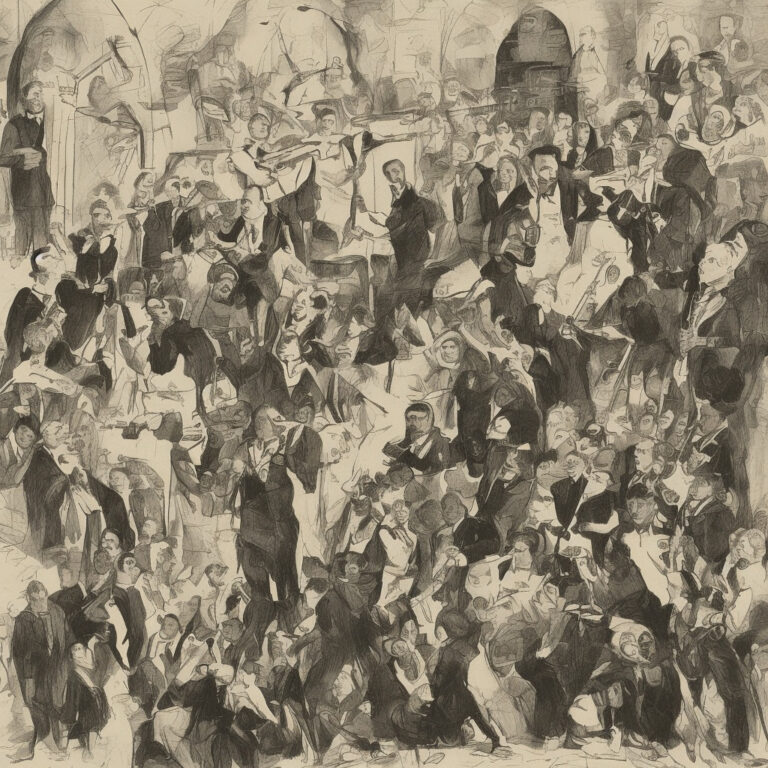
Throughout its time in the spotlight, “Can’t You See” has earned a fair share of accolades and acknowledgments, further cementing its place in music history. The song, recognized for its distinctive R&B sound, achieved notable chart success upon release, climbing up the US Billboard Hot 100 and peaking at number 13. In addition, the track received a nomination for Best R&B Performance by a Duo or Group with Vocals at the 1996 Grammy Awards, highlighting the vocal prowess and harmonies of the group.
Alongside its chart and award success, “Can’t You See” has also made its mark in the realm of film and television. The song gained further popularity after being featured in the 1995 American crime-comedy film “New Jersey Drive,” directed by Nick Gomez. Its inclusion in the movie soundtrack brought the melody to a wider audience, enabling a new generation of fans to appreciate the memorable hook and smooth vocal deliveries of Total.
In the world of video games, “Can’t You See” was included in the soundtrack of the popular 2004 game “Grand Theft Auto: San Andreas.” The game, which utilized various radio stations to enhance the player’s experience, featured the song on the in-game radio station CSR 103.9. This exposure helped introduce the track to gamers worldwide, further solidifying its place in pop culture.
As a testament to the song’s enduring appeal, numerous artists have paid tribute to “Can’t You See” by creating their own renditions of the classic tune. Notable cover versions include a 2007 rendition by hip-hop artist Jay Rock, who sampled the song for his track “All My Life (In the Ghetto)” featuring Lil Wayne and will.i.am. In 2013, singer K. Michelle also sampled the song on her track “Can’t Raise a Man,” showcasing the versatility and timelessness of the original composition.
In summary, the influence of “Can’t You See” by Total continues to be felt across many avenues, from awards and chart positions to its presence in movies, television, and video games. The song’s adaptability and enduring popularity have inspired artists to create cover versions, lending further proof to its status as an R&B classic.
Dissecting the Musical Elements
Delving into the musical structure of “Can’t You See,” it’s immediately apparent that the song is built upon a solid foundation of R&B and soul influences. The track is set in the key of E♭ minor, which is known for its moody and introspective characteristics, perfectly complementing the song’s theme of unrequited love and emotional turmoil.
In terms of chord progression, “Can’t You See” follows the pattern of i – VI – III – VII, which in this case would be E♭m – C♭ – G♭ – D♭. This progression creates a sense of tension and release as it cycles through each chord, effectively conveying the emotional ups and downs experienced by the protagonist in the lyrics. This progression is employed throughout the song, providing a stable yet captivating backbone for the rest of the track’s elements to build upon.
The tempo of the song clocks in at a moderate 96 beats per minute, giving it a laid-back and groove-infused feel. This tempo choice allows the listener to fully absorb and appreciate the intricate interplay between the various instrumental and vocal layers, while also encouraging a gentle head-nod or body sway in time with the beat. Additionally, the use of syncopated rhythms in both the percussion and the melodic elements lends an air of sophistication and complexity to the overall sound.
One of the standout features of “Can’t You See” is its rich and lush instrumentation. The song makes use of a diverse array of sounds, including a smooth electric piano, a warm and rounded bassline, and crisp, clean guitar licks. The percussion is equally well-crafted, featuring a tight drum kit, subtle tambourine accents, and tasteful use of cymbals. All of these elements come together to form a sonic tapestry that envelops the listener and transports them to the heart of the story being told through the lyrics.
Another crucial aspect of the song’s appeal is the impeccable vocal performances of the band members. The lead vocalist delivers each line with a combination of raw emotion, vulnerability, and technical prowess, while the backing vocals provide a harmonious and ethereal counterpoint. The interplay between the various vocal parts further elevates the track, resulting in a listening experience that is simultaneously engaging and emotionally resonant.
In conclusion, the musical structure of “Can’t You See” is a masterclass in the art of crafting a timeless and evocative R&B ballad. From its moody key signature and sophisticated chord progression to its intricate and polished instrumentation and vocal arrangements, every element of the song works together in perfect harmony to create a truly unforgettable listening experience.

